There is pretty good evidence that turbulence is on the rise, and this is especially the case with Clear Air Turbulence (CAT). University of Reading reported that “the total annual duration of severe turbulence increased by 55% from 17.7 hours in 1979 to 27.4 hours in 2020.” Any passenger who is seated in an aircraft must have seen an aircraft’s wing flex during turbulence, and if we’re to take the afore-quoted numbers, sights of people seeing an aircraft’s wings flex during turbulence might also be on the rise.
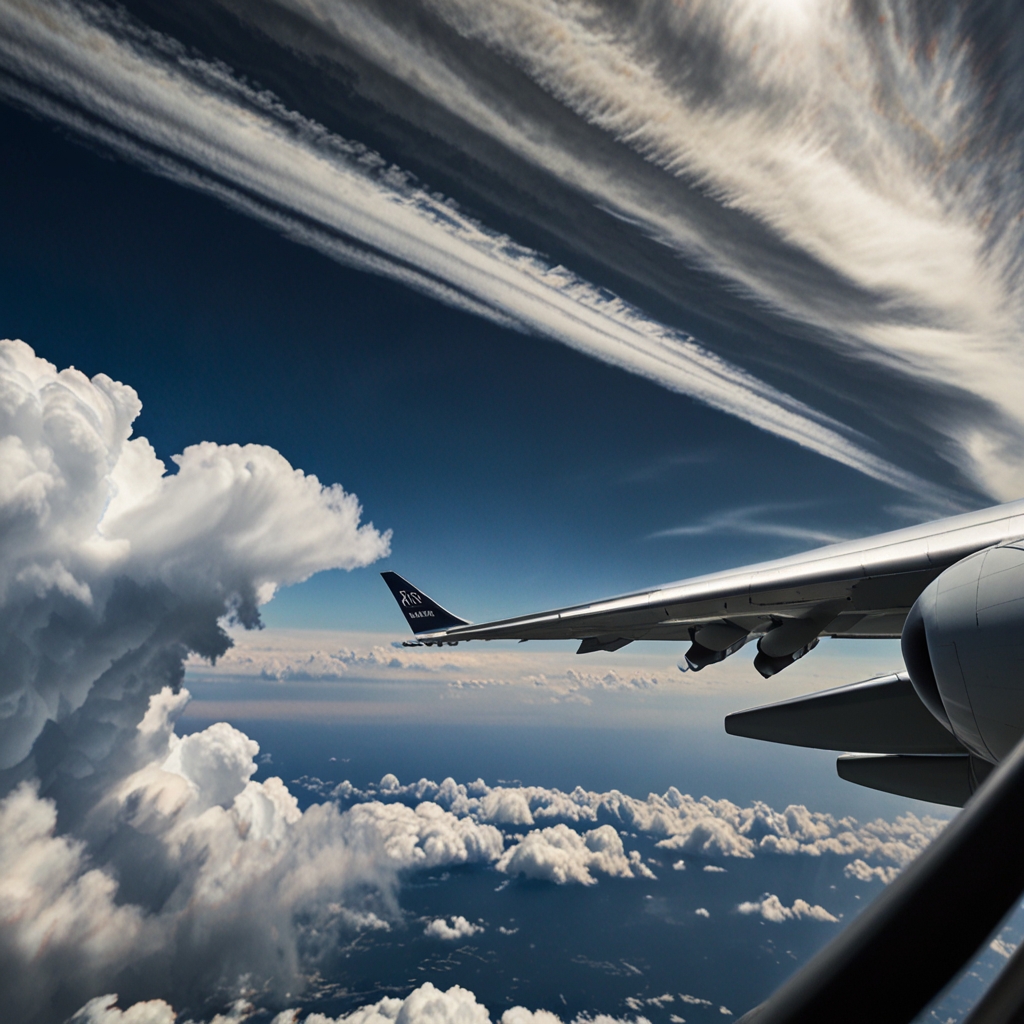
The largest aircraft ever constructed – the Scaled Composites Stratolaunch – has a wingspan of 117 meters. One might wonder if this failed project did take to the skies on like regular scheduled passenger aircraft, how much its wings would have flexed during turbulence, if at all? And how much do wings of regular passenger aircraft flex during turbulence? Let’s find out.
Wing flex is necessary to maintain structural integrity
If there were rigid wings in aircraft (as opposed to flexing wings), the aircraft would experience extreme stress loads during turbulence. This can lead to structural failure. A flexible wing, on the other hand, dissipates these forces more effectively. Greater structural integrity in an aircraft comes about when composite materials, which are designed to withstand extreme bending without breaking, are used to make aircraft wings.
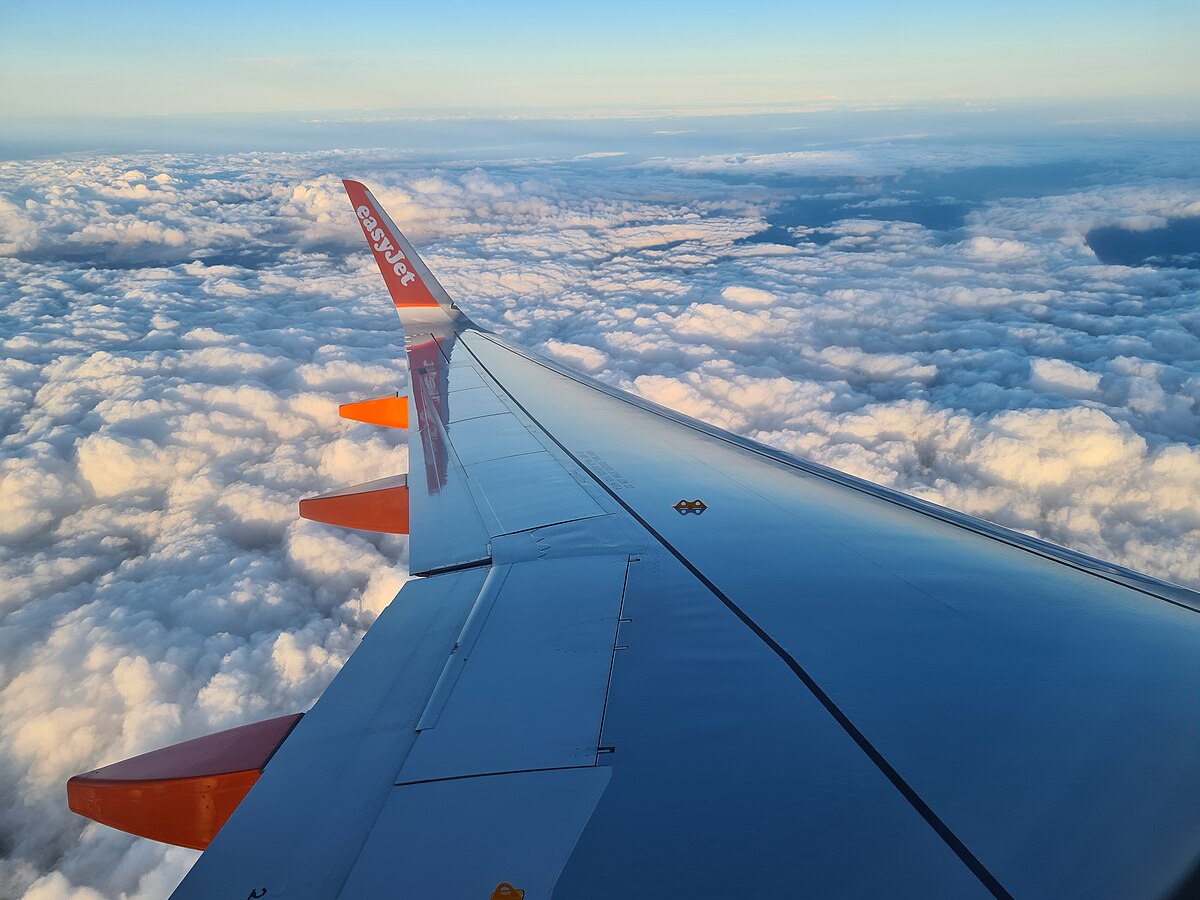
One could say that developing flexible wings with composite materials for structural integrity is a modern phenomenon. Take the Kalinin K-7 metal monster, for example. This aircraft, which had a wingspan of more than 170 feet, was unstable during its first flight, with the instability coming about as a result of the engine’s frequency resonating with the airframe:
“When researchers dug a tad deeper into the matter, it was found that the innate frequencies of structures and how they react to vibration were not yet complete.”
While the inability of the wings to flex wasn’t the sole reason behind the aircraft’s demise, it shows how problems like these were a part of the aircraft of the earlier years. Pilot John Cox even said that the present-day aircraft, which have longer, thinner, more flexible wings provide a softer ride compared to the aircraft in the past. Simply put, if it wasn’t for the flexing wings absorbing the turbulence, passengers would have borne the brunt of it.
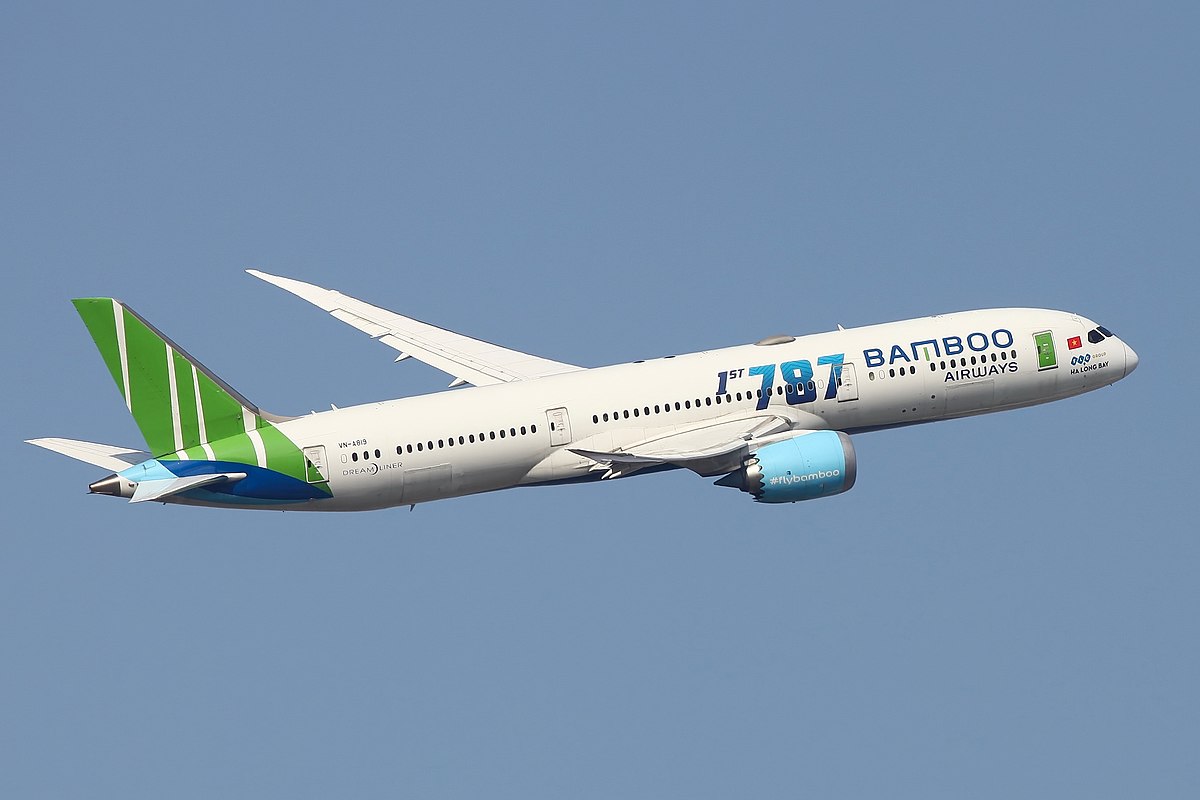
Two pertinent terms in wings flex: DUL and DLL
Every component of an aircraft, including the wings, had a
- Design Limit Load (DLL), which generally indicates how much load wings (and other parts of aircraft) are designed to experience.
- Design Ultimate Load (DUL) refers to the maximum limit of the load wings (and other parts of the aircraft) are designed to experience. DUL is generally 150% of DLL.
During designing the aircraft wings, manufacturers keep an eye on the wing flex by pulling the wings upward. This helps ensure that wings handle the flex caused by the simulated DUL (and DLL) smoothly.
Why does an aircraft wing flex anyhow?
There are various factors that contribute to wing flex. Some of these include the following:
| Aerodynamic Lift | Pressure differences above and below the wing generate lift, causing the wings to bend upwards |
| Turbulence | Irregular airflow patterns caused by weather conditions or wake turbulence from other aircraft can increase wing flex. |
| Fuel Distribution | Many aircraft store fuel in their wings. As fuel burns off during flight, the weight distribution changes, affecting how the wings respond to aerodynamic forces. |

How is an aircraft’s wing flexibility tested?
During the testing phase of an aircraft, wings are bent nearly 90 degrees. This helps to ensure that wings can withstand turbulence, and other bumps during flights. In addition to the flexibility checks, the wings of the aircraft are also subjected to fatigue tests and static assessments.
While fatigue check helps assess how wings work under regular conditions, the latter of these assessments helps determine how far a wing can bend before it breaks. Perhaps, Camus’ precis “Blessed are the hearts that can bend for they cannot be broken” could have its word “heart” replaced by “wings” and it would be good enough to put it up as a nice poster at a wing-testing facility, akin to the poster “Home of the World’s Fastest Chickens” put up by NRC, where aircraft engines are tested.
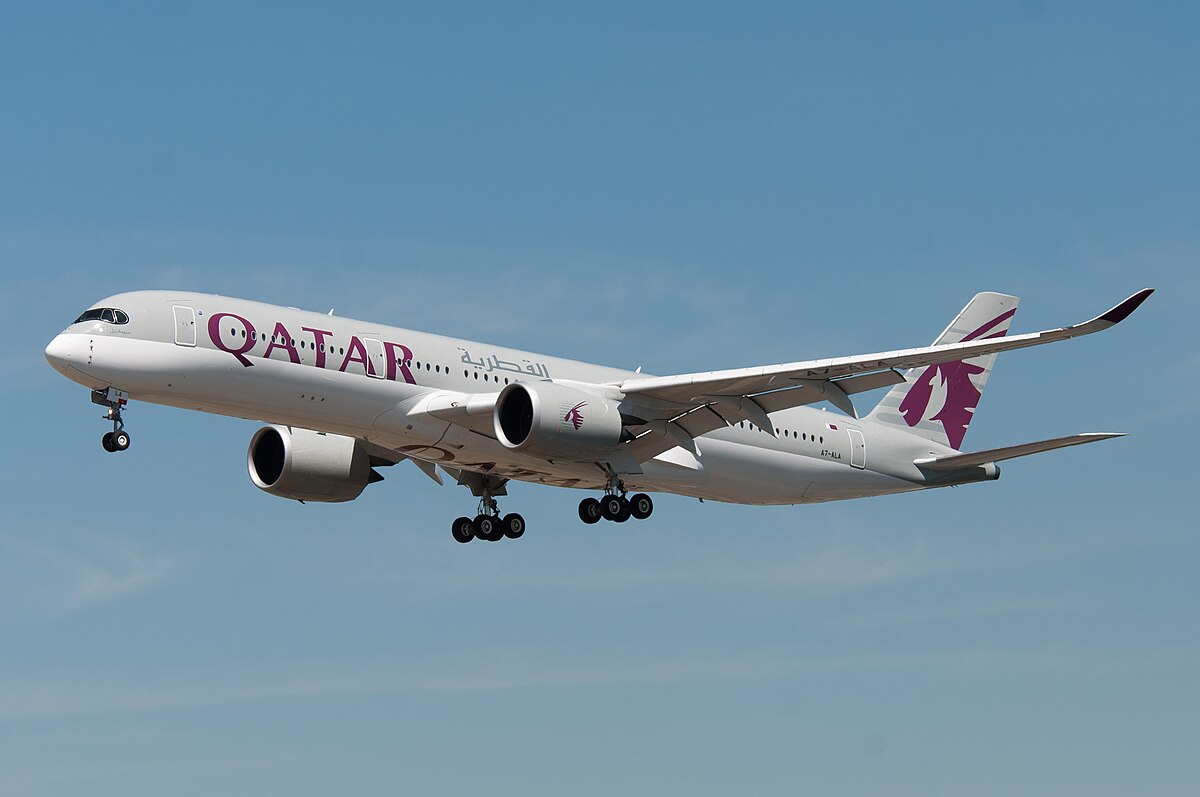
Aerotime.aero reported about how wing flexibility testing is carried out:
“The wing assembly is installed in a steel procrustean bed and is entangled with dozens of dynamometric ties and hydraulic stops. Then the pumps are turned on, and the end section of the wing is pulled upward until it is destroyed. The wings are snapped to make sure their breaking point is beyond the expected load level. In the test for the maximum bend of the wing, a hydraulic rack is built around the ‘tailless’ fragment of the airliner, capable of loading the wing and fuselage 1.5 times more than is the case with the most extreme air maneuvers.”
The publication further reported:
“To simulate the forces that jet wings experience while flying, during the assessment the technicians can stack bags of sand on top of them, or build a cage-like structure around the airplane to force the wings upwards to determine the breaking point.”
What is the maximum that an aircraft wing can flex (during turbulence)?
The amount a wing flexes depends on the aircraft type, wing structure, and flight conditions. Here are some approximate figures:
- Commercial jets such as the Boeing 787 has a flex up to 25 feet, as recorded during a test
- The Airbus A350XWB has a flex of 5.2 meters (17 ft)
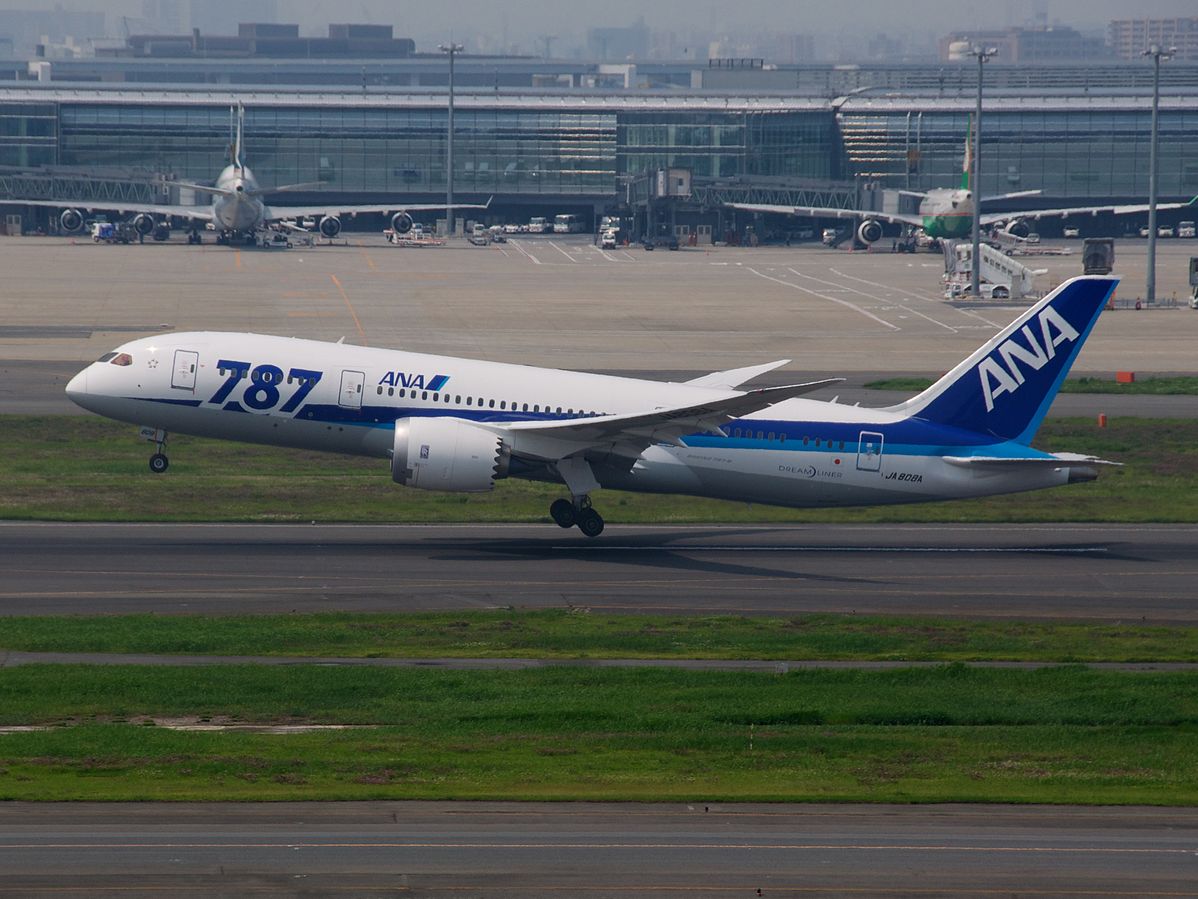
Photo: BriYYZ | Wikimedia Commons
In order to determine how much the wings can flex, manufacturers often conduct what is known as a “Destructive test” that quantifies how much vertical displacement i.e., the height difference between the wing tip and its base a wing can undergo.
When Boeing conducted the ultimate-load wing up-bending test on the 787 Dreamliner, the aerospace manufacturer said that the “test program has been more robust than any conducted on a Boeing commercial jetliner”:
“ During the testing, loads were applied to the airframe to replicate 150 percent of the most extreme forces the airplane is ever expected to experience while in service. The wings were flexed upward by approximately 25 feet (7.6 meters) during the test. The initial results of the ultimate-load test are positive. More extensive analysis and review are required before the test can be deemed a success.”
Smaller Aircraft such as regional Jets and business jets might flex low due to their smaller wingspan and structural differences, while military and fighter Jets might have the stiffest wings of them all to support high-speed maneuvering.

During extreme stress tests, manufacturers push wings to their breaking point. For example, Boeing tested the 787 Dreamliner’s wings by flexing them up to 150% of expected maximum load, causing them to bend over 30 feet before failure.
How are wings designed to allow for maximum flexibility?
Getting the wing structure perfect
A good wing has the following characteristics:
- High strength
- Low weight
- Flexibility
While carving the entirety of the wing with solid aluminium might make it strong, it does add on to the weight. Hence, while making an aircraft wing, all the factors above should be balanced. This is why aircraft designers use a semi-monocoque design.

Unlike a monocoque design where loads are supported by an object’s external skin, in a manner similar to an egg shell, a semi-monocoque takes ribs i.e., slices of the wing and connects them with an aluminum skin. This forms the volume of the wings. Turbli.com, explains the semi-monocoque design ties up with wing flex:
“To prevent the skin from buckling when the wings flex, small support bars known as stringers are placed along the inner side of the skin. The stringers redirect these bending forces to the main load bearing structures of the wing: the spars. These are thick and strong bars running from the wing base to it’s tip. Most wings are built with two spars: the front and rear spars.”
The fuselage and the wings are connected at the center wingbox, which has the following characteristics:
- It is the strongest part of the plane.
- It is designed “to take all the loads from the wings and the landing gear”.
- It is connected with the wings (and vice-versa) with a fork-like structure that tweezes both pieces together.
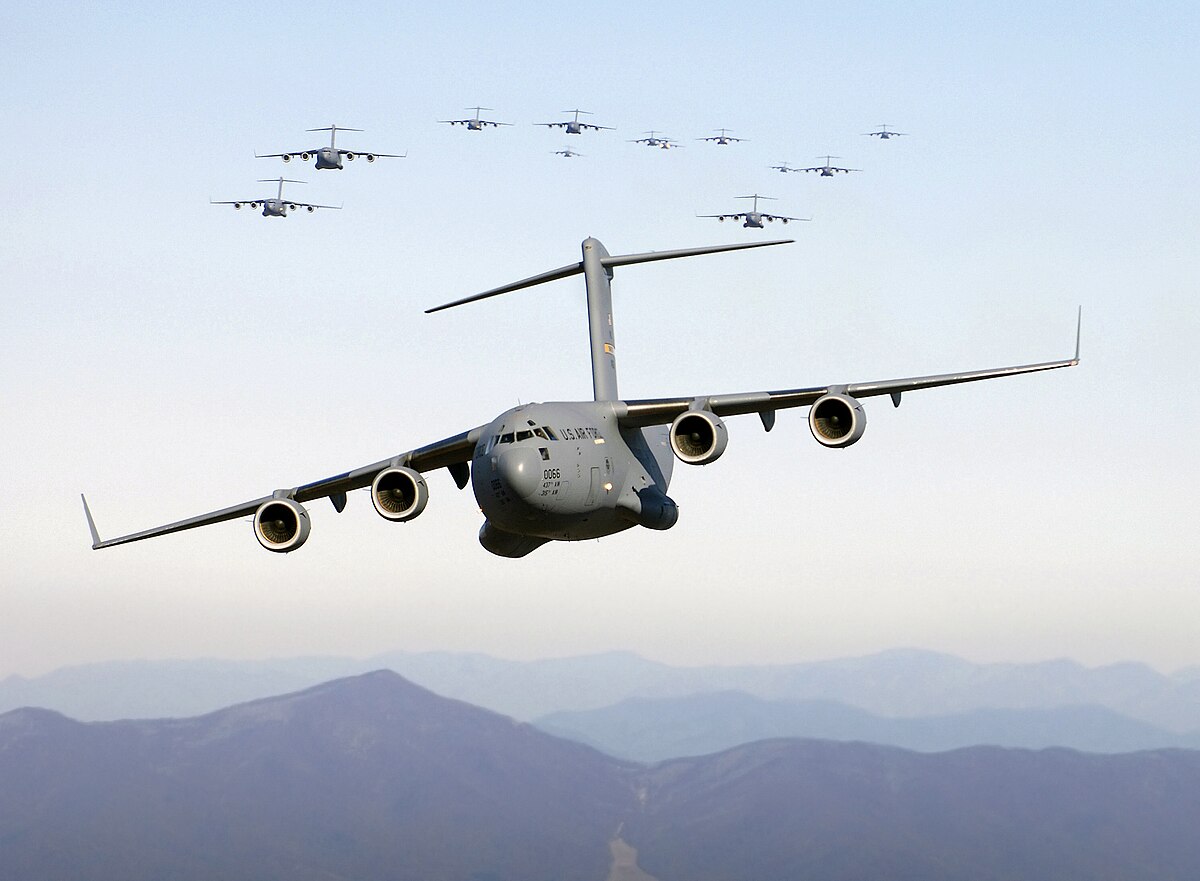
The wing spars are stronger than the main body
Wings spars – the primary structural element of the wing that runs at right angles (or thereabouts depending on wing sweep) to the fuselage – are stronger than the main body structure, said Captain Lim. He also said that it wouldn’t be an exaggeration to say that “the aircraft is attached to the wings rather than the other way round”:
“The Airbus A330 has a load limitation of +2.5 ‘g’ (gravity). The maximum landing weight is 187,000 kg at one ‘g’. Theoretically, the wings can withstand 2.5 times that weight on landing or 467,500 kg.”
Wings made up of alloys allow greater flex of wings
Aluminum alloys have a really good blend of flexibility, good corrosion resistance, high strength, and light weight – all of which in unison makeup for very food wings (flex). Steel, which was used in Kalinin, K-7, for instance, weighs 2.5 times more and is also afflicted by corrosion in humidity. The most common aluminum alloys used in planes are shown in the table below:
| Series | Properties | Component(s) where it is used |
| 2000 series |
|
|
| 7000 series |
|
|
Currently, the aviation industry is focusing on wings that are made up of carbon fiber composites, which allow even greater flex. These composites are a mixture of epoxy resins and carbon fiber, and are set to be used in the X version of the Boeing’s triple sevens. The wings of the Airbus A350XWB and the Boeing B787 – the ones with the largest flex in the industry – are made of approximately 50% carbon fiber composites.
Exceptional circumstances when an aircraft wing might break instead of flexing
During the crash of the BOAC (British Overseas Airways Corporation) Boeing 707 on 5 March 1966 near Mount Fuji, the investigation found that “the aircraft suddenly encountered abnormally severe turbulence over Gotemba City which imposed a gust load considerably in excess of the design limit”. It was also found out that the outer right wing (along with the forward body section) of the plane broke off before impacting the ground.

Photo: Jon Proctor | Wikimedia Commons
The last known case of a wing break in commercial aviation took place in 1981, when a Fokker F-28 entered into a large thunderstorm. This drove the aircraft to extremely high acceleration, reported Aviation Safety Network:
“At 17:12 the aircraft entered a tornado, which resulted in loads on the airframe increasing to +6.8 G and -3,2 G. The right wing was bent upwards followed by a severe downward sweep. This compromised the structural integrity of the wing, causing a large portion of the outer wing to separate in an upward and rearward motion. Control was lost and the aircraft impacted a railway bridge inverted.”
Almost forty-five years since this incident, we have not seen an aircraft’s wings break. Some of the circumstances when an aircraft wing might break include:
- Severe turbulence, though aircraft don’t normally fly in such weather. And with advanced radar systems, such high turbulence can be easily avoided.
- Severe maintenance issues, though aircraft maintenance is so highly regulated that chances of this happening are marginal.
Why do Boeing’s wings flex more than Airbus?
The Boeing 787’s wings have carbon fiber reinforced plastic (CFRP). Carbon composite construction helps an aircraft wing absorb significant flex stress. Further, unlike aluminum construction, in CFRP stiffness can be tailored to the specific areas of the plane that need it. Nevertheless, Boeing 787’s 25 ft flex is almost 8 ft more than its closest counterpart, the A350. But why?

Boeing and Airbus have different wing flex as both these manufacturers have different wing design philosophies, reported aeropeep.com:
“Boeing widebody wings all contain a control surface called a high speed aileron (sometimes called a flaperon) located about half way down the trailing edge of the wing. This allows the wing to be lighter and more flexible but still allowing roll control at high speeds. On an extremely flexible wing, normal ailerons at the ends of the wing can lose control authority in certain scenarios. The high speed aileron solves this issue.”
Aircraft manufactured by Airbus do not have a high-speed aileron on their wings. While ailerons of Airbus work 100% of the time, and have a simpler flap/ aileron system, the wings are heavier. Boeing 787s, on the other hand, have a tad more complex and heavier flap/ aileron system.
All in all
With more modern aircraft to follow in the future and Carbon composite construction getting more of a say in an aircraft’s wing design, we might see Boeing 787’s record flex of 25 feet getting better in the future. As instances of clear air turbulence are rising, do we have any other option to come up with better wing flex in aircraft anyhow?
